Plants that will save the planet: vegetable cups and metal-munching ferns
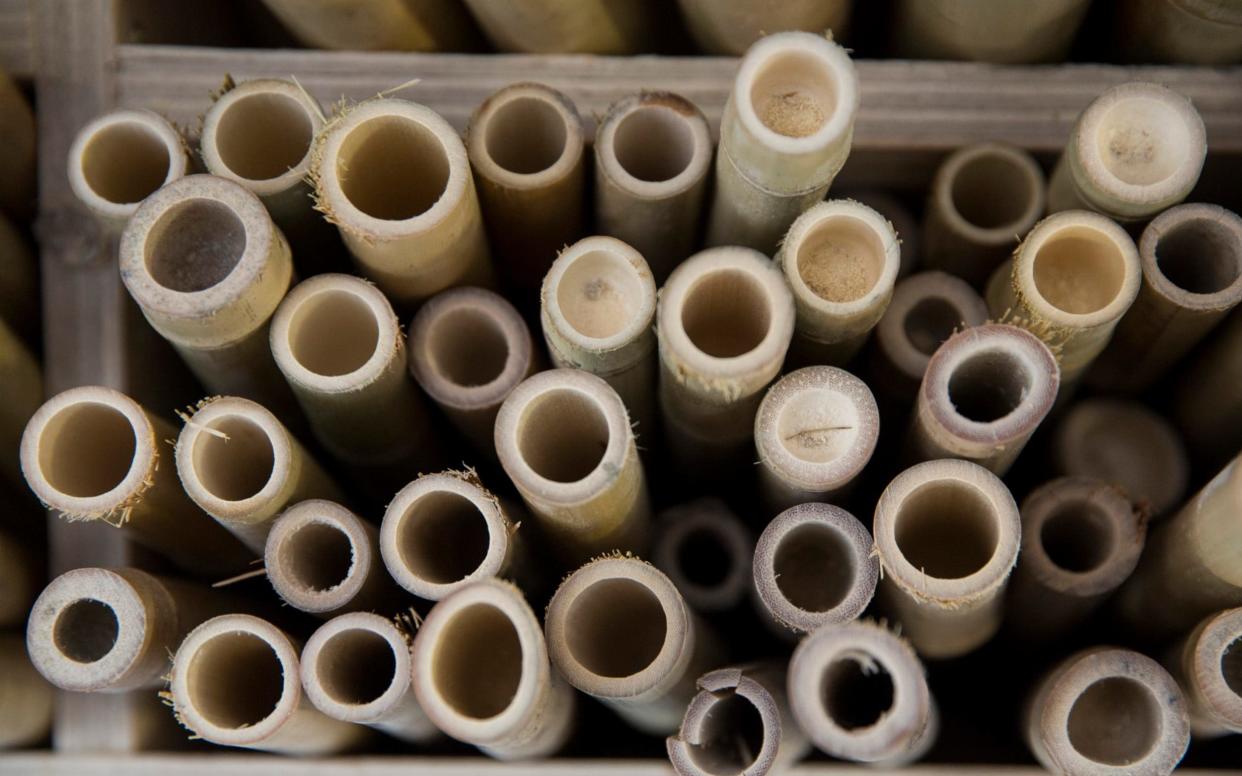
Following the recent campaign to curb our habit of buying coffee in disposable cups, there have been a number of attempts to create an eco-friendly alternative; for every KeepCup and reusable cup scheme, there's a young design student who has made a cup from an ice cream wafer, or God forbid, an avocado skin.
One invention looks to nature itself to provide an answer to our coffee addiction dilemma. Brooklyn-based design studio, Creme, led by architect Jun Aizaki, have created a unique mould in which to grow gourds, or squash, forming each fruit into a fully biodegradable cup.
"Take-away cups and packaging are a standard of everyday life but they produce an incredible amount of waste that ends up in landfill and contaminates our precious waterways and landscapes,” the design team told Dezeen magazine. “What if, aside from being a material resource, nature could also provide a solution for this worldwide issue?"

The gourds are grown inside a 3D printed mould, before being dried to form a fully watertight, hard-wearing vessel that can be easily stacked and composted after use.
This, of course, is not a new concept. Gourds have been used for centuries to form decorative vessels, instruments and tools. Only now, though, is the tradition being put to the test on a mass-production level in order to try and right some environmental wrongs.
It seems, ironically, that in order to reverse the damage that we’ve done to our ecosystem through plastics and fossil fuel consumption, we are beginning to turn to the natural world for solutions. So, what other planet-saving plants are out there? Here are five examples that could change the world.
1. Mushrooms
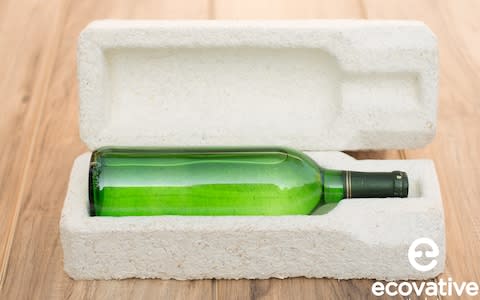
The underside of a mushroom is formed of a series of tubular cells called mycelia, a group of fibres resembling fine strands of hair. These form the basis of a new biodegradable packing material invented by Ecovative Design. The new material is formed using agricultural waste sourced from local farmers, which is cleaned and mixed together with the mycelia.
The mycelia fibres then begin to grow around the waste, binding it together to form a shape. Ecovative say their new packing material can, like gourds, be grown into customisable moulds. Unlike gourds, however, the mushroom fibres only need six days to grow, and decompose within 180 days of being sent to landfill.
The foam packaging can be ordered or purchased here.
2. Bamboo
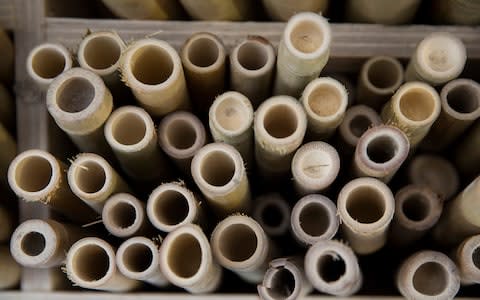
After the famous final episode of Blue Planet II where David Attenborough delivered a sobering speech on the environmental impact of single-use plastic, there was a renewed sense of urgency to try to tackle the world’s plastic problem. The BBC vowed to go plastic-free by 2020, the Queen banned plastic straws and bottles from royal households, and even McDonalds replaced their plastic straws with paper. Nowadays, plastic bottles or sipping from a bendy straw is almost socially unacceptable when we have reusable bottles and cups and paper straws - or if you’re really on trend, bamboo straws. These ones by Bambu are organic, free from inks and dyes, and even come with a handy cleaning brush.
But not only is bamboo the perfect alternative to plastic straws, it also makes good fibre and paper alternatives that are far more low-energy to produce. Bamboo can grow two to three feet a day and, owing to the fact that it is a perennial grass, we can harvest it again and again without replanting. If we cut down a bamboo plant to make a stack of paper, within weeks another fully grown bamboo plant will be ready for harvesting.
3. Bracken ferns
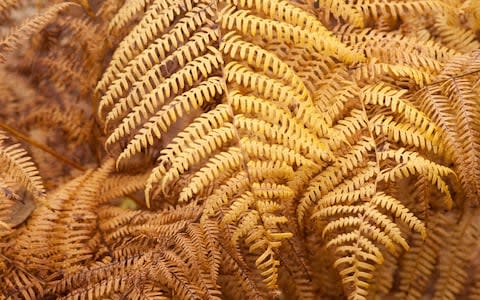
Bracken, a group of large, coarse ferns found all over Britain and the world, are generally thought of as a nuisance; they out-compete native plants, dominate landscapes and have even been accused of polluting water with cancer-causing carcinogens. However, they do have their advantages.
Many plants have the ability to grow in conditions that are toxic to others; this weedy species of fern takes this to the extreme, thriving in soil polluted with lead, nickel, cadmium copper and arsenic. Not only this, but the fern has the ability to absorb these toxic substances and store them in its tissue. Scientists have been experimenting with bracken by planting it in contaminated industrial sites and allowing it to mature, before harvesting it and incinerating it. The ashes from the plant are subsequently rich in the metals it has absorbed, and so can be recycled for other uses.
4. Perennial wheat
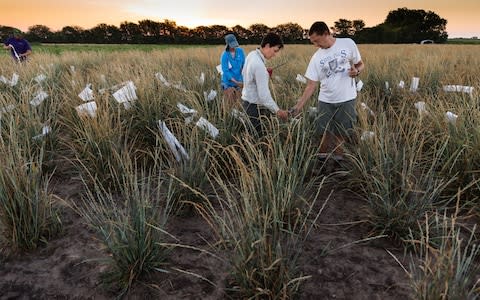
Most crops grown for consumption are annual, so it takes a huge amount of energy to produce a crop every year: preparing the soil, sowing seeds, spraying with pesticides and harvesting. This also involves a lot of heavy machinery churning out fossil fuels, and the crop can vary in quantity and quality depending on the weather that year.
But, this could all change with the introduction of perennial wheats. These more robust varieties require much less maintenance, improve soil structure and nutrient retention, and most importantly, can ensure steadier food and water security year after year.
Kernza®, a cousin of regular annual wheat, is a domesticated grain originating from a grass called intermediate wheatgrass, and could provide a low-energy alternative to our current short-life wheat varieties.
5. Algae

Although algae looks like a primitive plant (seaweeds, for example, are large marine algae), it is scientifically defined as a photosynthetic organism. However, algae is something we can grow fast and easily, and it is extremely resilient. Algae contains twice as much protein as meat, more beta carotene than carrots and more iron per gram than spinach. And to top it off? It can be grown in non-potable water, and non-arable soil. Algae can grow almost anywhere without putting pressure on the environment.
So what are we planning to do with it? Everything, essentially. Scientists have been looking at ways to incorporate more algae into our diets to combat malnutrition, research has been conducted into the possibility of switching the world’s livestock feed from much less environmentally friendly soybean crops to protein-rich algae, and a company called Cloud Collective have experimented with algae’s air-cleaning properties by installing a farm above a stretch of motorway near Geneva - using the byproduct to produce spirulina to be used as a food supplement.
At the moment it isn’t economically viable to produce algae on a mass scale, but scientists have recently devised a method of gene editing that could change this. So in years to come, we could see plastics, cosmetics and food production all using algae.


